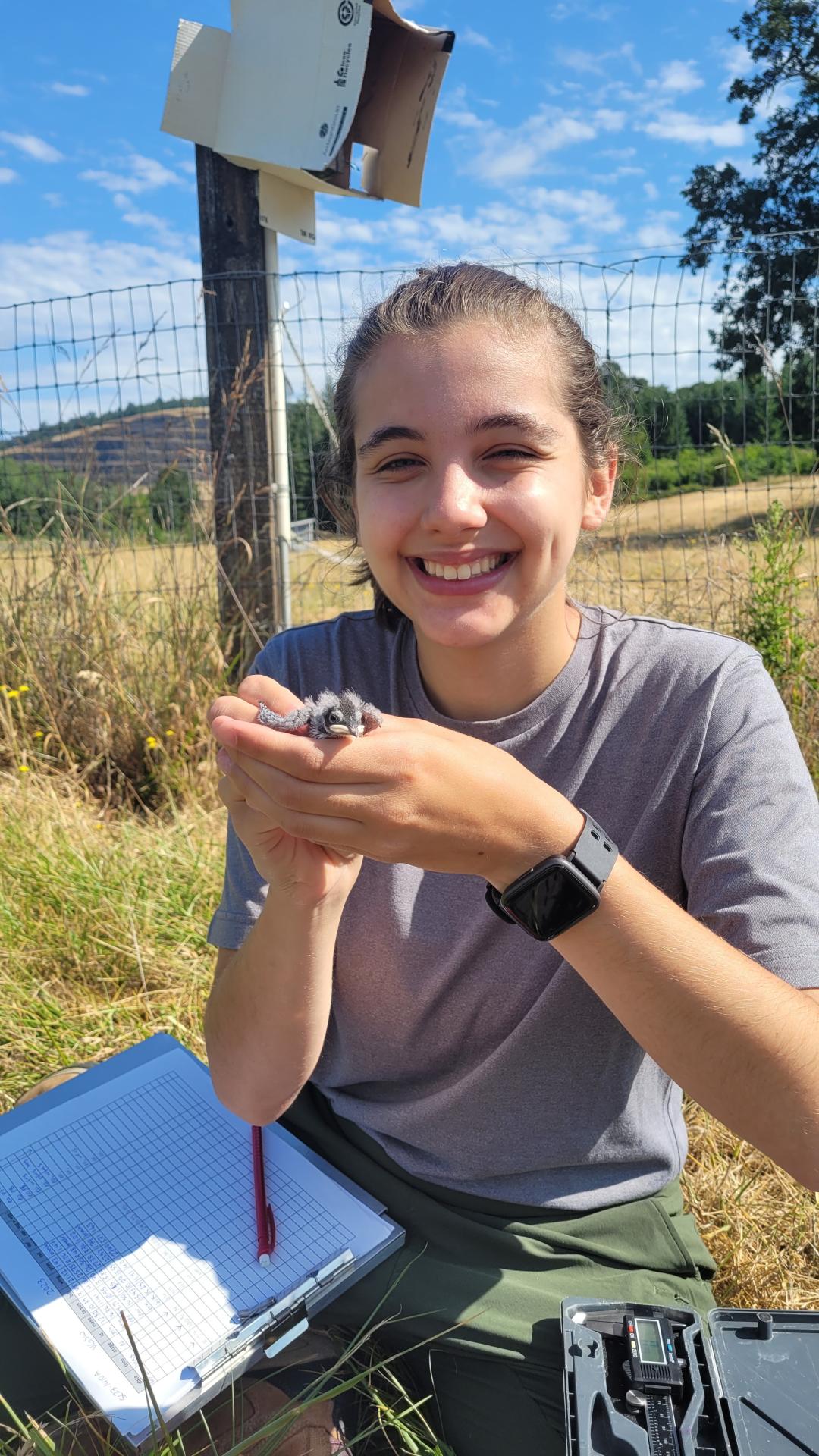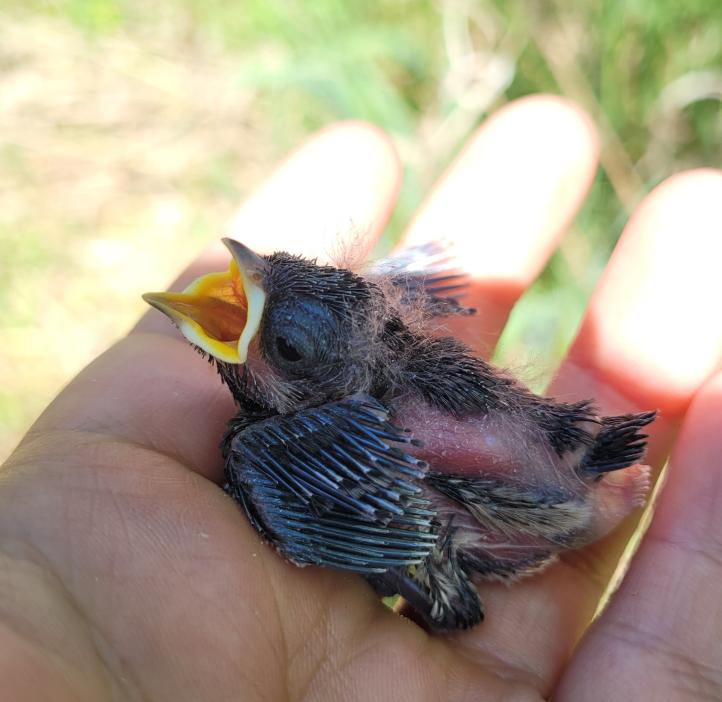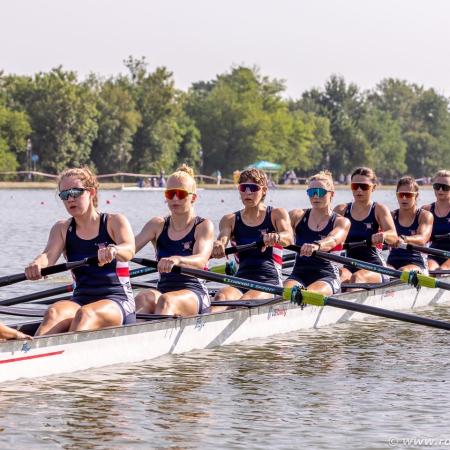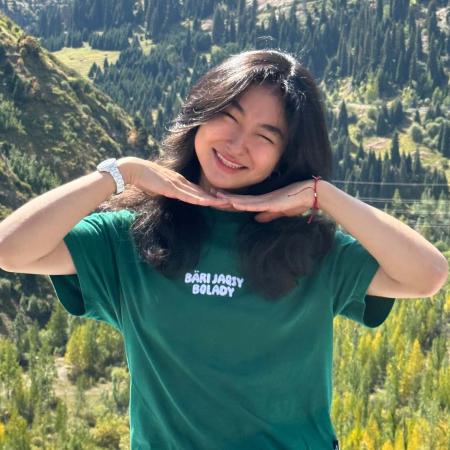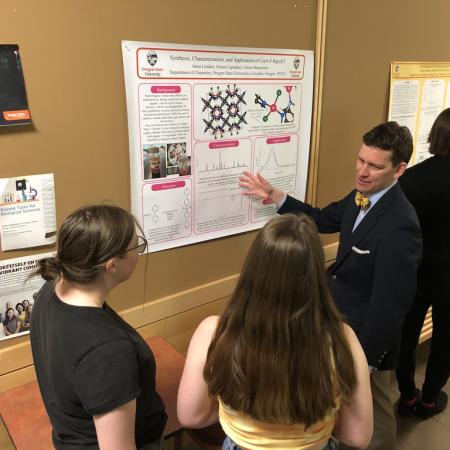In the realm of science, laboratories aren’t always sterile white rooms filled with test tubes and machines. Sometimes, the natural world itself becomes the stage for discovery, where hiking boots replace lab coats and baby birds held with gentle hands take the place of microscopic samples.
Manon Vezinet is one of the scientists who spent last summer working with the Cornelius Laboratory, led by Integrative Biology Assistant Professor Jamie Cornelius, studying how increased frequency of unfavorable weather events affects nestling growth. Because of the SURE program, Summer Undergraduate Research Experience, Vezinet was able to experience the once-in-a lifetime opportunity to conduct undergraduate field research and get paid to do it.
“Having the opportunity to create something of my own was super impactful. Not just in progressing my career because this research could get published, but also in terms of personal fulfillment as well,” she said.
Donations to the Field-based experiences for Integrative Biology Students Dam Proud Day fund, helps more students like Vezinet see science in a new perspective and expand the realm of what’s possible.

